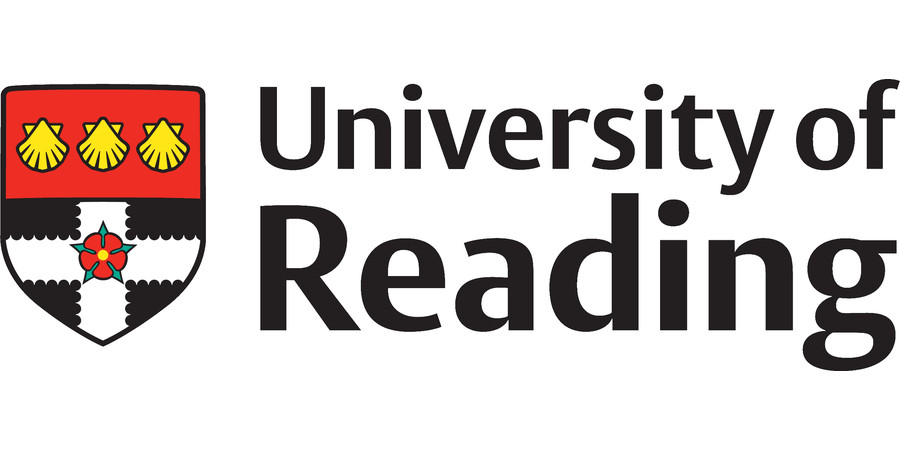PhD Studentship: Disentangling the Wind- and Buoyancy-driven Components of the Atlantic Meridional Overturning Circulation
University of Reading
| Qualification Type: | PhD |
|---|---|
| Location: | Reading, Hybrid/On-site |
| Funding for: | UK Students |
| Funding amount: | £16.43 per hour |
| Hours: | Full Time, Part Time |
| Placed On: | 22nd May 2025 |
|---|---|
| Closes: | 20th June 2025 |
Supervisor details:
Lead Supervisor
Rémi Tailleux, R.G.J.Tailleux@reading.ac.uk, Reading University/Meteorology
Co-supervisors
Alessandro Silvano, A.Silvano@soton.ac.uk, University of Southampton
Tillys Petit, Tillys.Petit@noc.ac.uk, National Oceanography Centre Southampton
Project description:
The Atlantic meridional overturning circulation (AMOC) is a central component of the climate owing to its significant contribution to the poleward heat transport. It is now well established that any significant weakening of the AMOC would induce a significant cooling/warming of the Northern/Southern Hemispheres, with significant global climatic impacts. Because many studies suggest that global warming could potentially weaken the AMOC or even cause it to collapse, observational systems have been put in place to monitor its evolution and variability. To correctly interpret the observed AMOC variability, however, it is essential to be able to disentangle the buoyancy-driven variability from the wind-driven variability, as only the former is thought to be related to the potential risk of AMOC collapse. The main aim of this project will be to test a new approach to do this based on recent theoretical advances linking the buoyancy-driven component of AMOC variability to the differences in available potential energy (APE) between the eastern and western boundaries of the North Atlantic. Physically, the link arises because APE is created at high latitudes by strong surface cooling, cause APE anomalies to propagate along the western boundary. To test the new theory, the aim will be to diagnose the AMOC using an ocean state estimate of the ocean circulation going to back to the early 90’s and assess to what extent its variability correlates with East-West difference in integrated APE at different latitudes.
Student profile:
The project requires the student to be relatively proficient in Python programming to use and modify existing software, as well as for potentially developing new diagnostics and visualising the results.
Support:
The student will benefit from the help and support of the main supervisor in Reading, and of the two co-supervisors in Southampton through regular and frequent in-person or online meetings as needed. All the supervisors are experienced in data analysis and Python programming.
Feasibility:
The project will mainly require using the outputs of an ocean state estimate to compute the APE at each point of the North Atlantic using existing software and isolate the coastal values along the Eastern and Western boundaries to compute East-West differences, which will be then correlated to time series of AMOC variability at different latitudes. This analysis should be doable in 3 to 4 weeks, leaving 2 weeks for interpretation of the data and write up of the results.
Scope for initiative:
The student will have access to the whole time-dependent 3D fields of the ocean state estimate. They could therefore develop analyses that go beyond the original scope of the project. They could also review the literature about the subject and compare their results with other existing approaches for separating wind- and buoyancy-driven variability.
Remote Working:
Remote working details: Hybrid working is possible but on-site attendance is strongly preferred.
Flexibility:
Is it possible to do this project part-time? Yes, but full time is preferred if possible
How to apply:
Apply online via the above ‘Apply’ button.
Advert information
Type / Role:
Subject Area(s):
Location(s):









